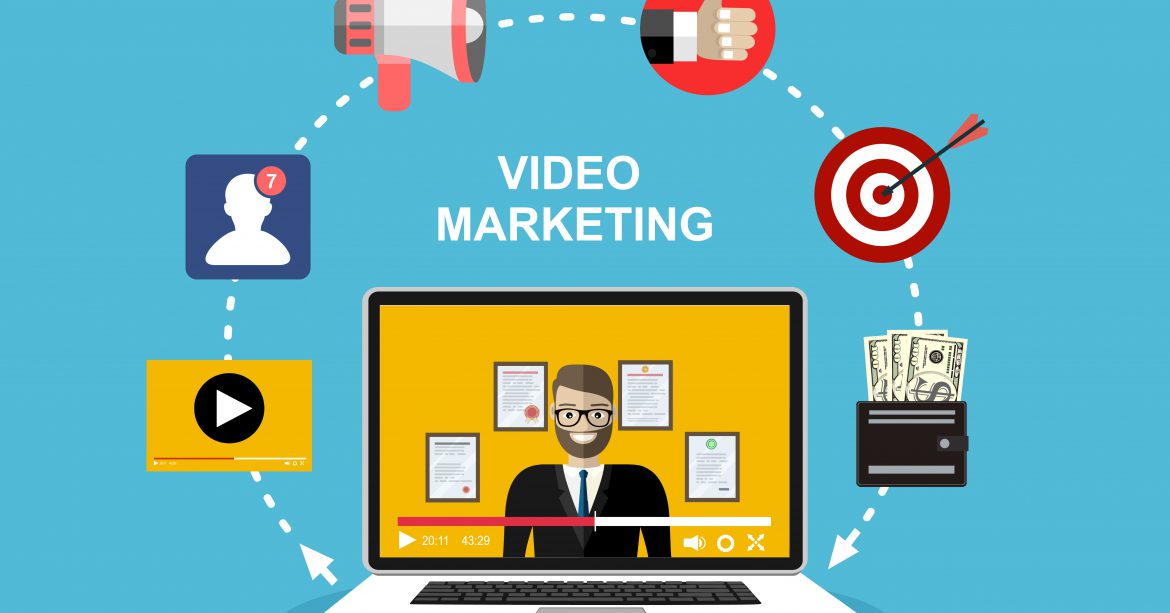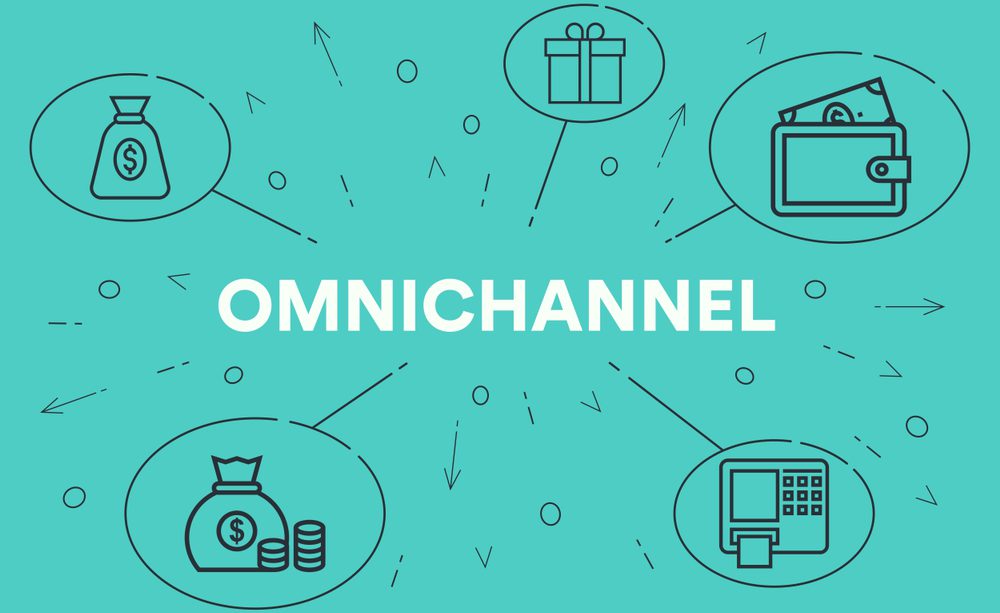‘Come Market Your Business with Me’: An Innovative Program for Australian Entrepreneurs
With the digital marketing landscape changing so rapidly by the day, it has become increasingly difficult to keep up with the changing trends. This is especially true if you are a small business owner in Australia, who is looking to elevate your marketing efforts and have limited resources ...
Shopify, Klaviyo, and Robotic Marketer: The Awesome Trio of AI for E-commerce Sites
The e-commerce industry poses several challenges for marketers. This is due to intense competition, rapidly changing consumer preferences, and the need for highly effective data-driven digital strategies to stand out on the crowded online platforms. For marketers in e-commerce or e-commerce ...
Harnessing AI in Marketing for 2024: Navigating New Technologies and Strategies
The role of AI in marketing is continuously evolving. As we approach 2024, it’s important for marketers to stay aware of the latest developments. There are many benefits and challenges of integrating AI into your marketing strategies, such as that of advanced tools like Robotic Marketer, ...
The future of marketing : How AI and automation are transforming the industry
The marketing field is constantly evolving, and the incorporation of artificial intelligence (AI) and automation is rapidly changing the industry. These technologies have the potential to revolutionize the way companies interact with their customers and make decisions about their marketing ...
The benefits of integrating AI in your lead generation strategy
Lead generation is a crucial aspect of any business, as it identifies and qualifies potential customers for a product or service. However, in today’s digital age, companies face an ever-increasing amount of data, making it challenging to identify and engage with potential customers.
The Rise of Video Marketing and Its Impact on Brands
It’s understandable why video marketing has become so popular in recent years. The rise of streaming platforms like YouTube and the widespread adoption of smartphones has made it easier for businesses to create and share video content.
The Best Marketing Strategies for IT Consulting Firms
The IT world is one of the fastest evolving and growing worlds. And keeping up with it is essential to stay ahead of the competition, and one of the best ways to do so is by marketing the business, so more and more people are aware of it. But what exactly is a marketing strategy? […]
How robots will become part of everyday life thanks to Musk
Elon Musk, the visionary CEO of Tesla, has long been at the forefront of technological innovation. His latest venture into robotics, embodied by the humanoid robot ‘Optimus,’ represents a significant leap towards integrating robots into everyday life. This article explores the ...












